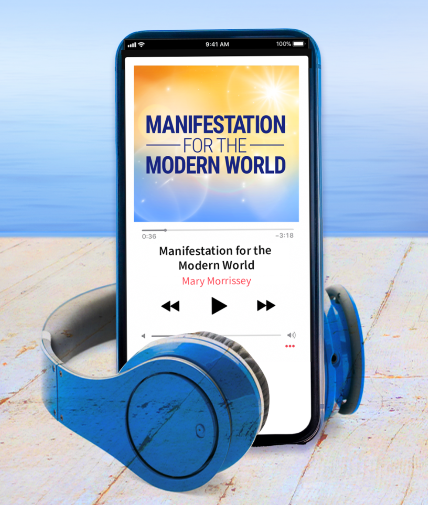What a Therapist Says About The Myth of Self-Regulation
 Many therapists aim for the goal of “self-regulation” in their clients—the ability to be emotionally self-reliant without the continued support of others. But according to trauma expert Dr. Bonnie Badenoch, our neurobiology is deeply wired for human connection and co-regulation.
Many therapists aim for the goal of “self-regulation” in their clients—the ability to be emotionally self-reliant without the continued support of others. But according to trauma expert Dr. Bonnie Badenoch, our neurobiology is deeply wired for human connection and co-regulation.
So, what to make of this paradox? Is the goal of “self-regulation” simply wrong?
Not necessarily. We just need to look beyond our usual tools and techniques to a new way of seeing the problem. In her free video learning session, “The Myth of Self-Regulation,” Bonnie explains.
Discover what every therapist (and human) needs to know about themselves in this free video teaching with Bonnie Badenoch – The Myth of Self-Regulation.
Join her to explore:
- How our left-brain-dominant world focuses on tasks and facts, to the neglect of our right-brain focus on human connection and care
- What relational neuroscience reveals about our deep biological need for relationships
- Why our goal of giving clients tools and techniques for emotional self-reliance when isolated often fails
- How to help others build an “inner community” to soothe and strengthen them
- Supporting insights from research in resonance circuitry and mirror neurons, attachment theory, the polyvagal model, and more
REGISTER HERE FOR ACCESS TO YOUR FREE VIDEO: The Myth of Self-Regulation: How Our Inner Community Supports Us Every Day
Live long, love life and be well!
P.S. If you’re interested in delving even deeper, Bonnie is now offering her comprehensive eight-session course online: Trauma and the Embodied Brain: A Heart-Based Training in Relational Neuroscience for Healing Trauma. You can learn more about it here.

 Badenoch, PhD, LMFT, is a therapist, author, consultant, and trainer. She is a student of interpersonal neurobiology and the author of The Heart of Trauma and Being a Brain-Wise Therapist.
Badenoch, PhD, LMFT, is a therapist, author, consultant, and trainer. She is a student of interpersonal neurobiology and the author of The Heart of Trauma and Being a Brain-Wise Therapist.








